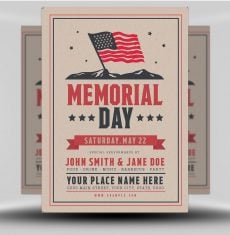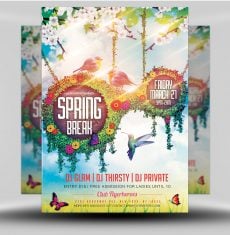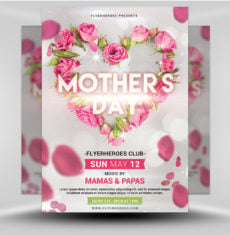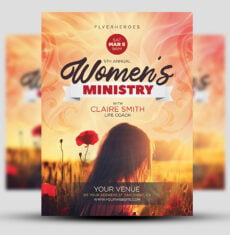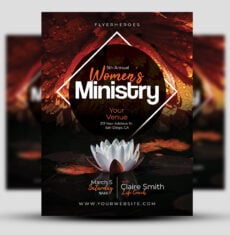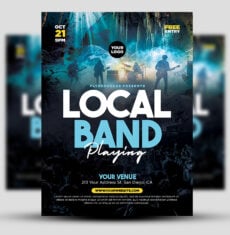Celebrate this May 5 with our festive Cinco De Mayo flyer!
This flyer is bright and exciting! Hanging across the top of the flyer is a banner with the Mexican flag and a green striped flag for an accent. The center event text is large and uses, a fish-eye lens, 3D embossing, and drop shadow technique to practically leap off the page. The event title is framed by a red banner and a chili pepper to provide contrast, while a wood board appears behind it. Above the event title, there are many different decorative elements, from musical instruments to a beer, featured prominently in the center.
This fun flyer would be perfect for your next Cinco De Mayo happy hour!
What Fonts Do I Need?
Similar Flyer Designs
- Cinco De Mayo Flyer Template
- Cinco De Mayo Party Flyer Template
- Cinco De Mayo Flyer Template v3
- Mexican Party Flyer Template
- View All
General Information:
This flyer template is a premium Photoshop PSD flyer/poster template designed by FlyerHeroes to be used with Photoshop CS4 and higher.
Once you have purchased this flyer template, you are free to make any customizations and modifications you’d like.
You are also granted an unlimited use and 100% royalty-free license, meaning you can use this product as many times as you wish. You are free to use this product in both personal and commercial work.
You can read more about our file licenses here and our file requirements here.
Please note, stock models/photographs of people are used for demonstration purposes only and are not included in the final download. We do however include a blank placeholder layer to make using your stock photos as easy as possible.
If you have any further questions, please feel free to direct your questions to FlyerHeroes Support.





